I’ve been meaning to make it here for years, and I finally did.
Some of you may think, why the heck would I drive 38 minutes to get a chicken dinner at a dumpy old shack? Most of you, probably, will get it.
About the chicken dinner. How much do you think this cost?
Eight bucks. That’s what’s on the menu board. No tax, no tip. No credit cards. The price is the price, the food is ready in a minute or two, and you’re out. And out means out, because all that’s inside is the kitchen and the checkout area!
That’s my best shot through the plexiglass. The menu tops out at $9 for a fried chicken breast dinner: like mine, but with a breast instead of a leg quarter. Most of the menu is half that price. A hot dog is $2.75. There may literally be nowhere else in Alexandria where you can get a meal for that price anymore.
There’s very little expense in the way of overhead, I assume.
Here’s the kitchen:
And the exterior view from the front:
Is it good? That’s the wrong question. It’s chicken. Have you ever had chicken before? Tasty, freshly fried, crispy chicken? Then you know what this is. The notion of, say, trying every pizzeria in New York City and finding the best slice is kind of silly. Sometimes food is just cheap, tasty, and filling. If it hits all those notes, yeah, it’s good.
But to answer more directly: I ate all of it, including the two pieces of white bread.
So what is this place? A little history. It’s been covered quite a bit over the years. A Washington Post writeup in 2006. A local news article from 2007. A Washington City Paper essay in 2008. An Eater profile in 2016. An interview with the owner in 2017.
The local news reported:
Not even the owner, Alexander Truitt, is sure when the place opened. He bought the place from his uncle, who bought it from whomever had it before that. Even The Washington Post, which traced the origins of the building last year while digging through Alexandria’s records, hit a dead end.
The Eater piece included a bit more on that, but no definitive answer:
According to Truitt, the comfort food he serves “is pretty basic.” Which is why he is still tickled by the fact that an actual chef — one-time Grille at Morrison House toque Dennis Marron, to be exact — went on the record about his love of Blue and White’s fried bologna sandwiches.
He guesstimates that the restaurant has been around since the 1950s; Truitt can’t attest to any origin story prior to his uncle assuming control of the establishment in 1972. “I’m not really quite sure,” Truitt said when pressed about the little white shack’s extended history.
What he does know is people. Particularly, the people who come to his restaurant again and again. “I know everybody by name, virtually,” Truitt said, noting that many of his most dedicated customers continue to poke their heads through the ordering window even if they’ve left the immediate area.
And the Washington City Paper tells a longer and more general history:
If the shack known as the Blue and White doesn’t attract attention on the corner of Henry and Wythe Streets, so be it. But it’s an endangered species: the Old Town Alexandria carryout.
Once, you couldn’t go a block without seeing a sandwich shack—and shacks they were, if they were even buildings at all. There was a time when these places were portable aluminum trailers and, like the taco trucks of today, the trailers went where the workers were.
“If I couldn’t find a cup of coffee, I’d go to a construction site,” says Clarence Webb, 74, a retired corporal with the Alexandria Police Department. “They’d have 100 or 200 workers; they’d need coffee and sandwiches and soda and whatever. What they’d do is build a little one-room shanty and put a stove in it and a counter and a window, and you could walk up to it. The very first thing the guy that was breaking me in did, he went to one of those construction jobs and we got a sausage and egg sandwich and a cup of coffee. They gave it to us. I couldn’t believe that somebody would give us a sandwich.”
Blue & White opens every morning at 5:30am, earlier than probably anyone I know even gets up. And if they’re opening at 5:30, it means their first customers are getting up during the hour of 4. I asked the Latina woman manning the checkout, who comes in at 5:30? “African Americans. Construction workers.” She tilted her head toward the construction site across the street. Working people. Blue-collar people. Most old businesses in deteriorating buildings might fear new construction in the neighborhood. But for these guys, it means a line of hungry workers every morning.
And then there are people like me—a white, white-collar guy for whom an old-school restaurant like this is almost a curiosity. Partly because of my socioeconomic background, I suppose, but also because so few places like this have survived. Like the lovely city of Alexandria itself, Blue & White is unusual only because it happens to still be around.
Our perception of old cities and old institutions like this is distorted; many of us probably think of them as having always been antique or old-fashioned. But they’re more like fossils—one rare remnant of something that was once everywhere.
When, or hopefully if, this place goes, where will a blue-collar guy get a breakfast sandwich for under 5 bucks at 5:30am? The nearby Starbucks opens very early too, but it’s not quite the same vibe, is it? And outside of Starbucks, there’s not much else.
“Development” should not be synonymous with places like this disappearing. It should not be synonymous with socioeconomic homogenization. Thriving cities need room for everyone. Good urbanism should make more room for small-scale enterprise. We no longer live in the world where someone could erect a shack, throw a stove in the back, and go into business.
Yes, food safety is important; yes, building codes are important. But that ability for an ordinary person to just get up and do something? Urbanism isn’t street widths and building setbacks and density corridors. It’s that. We don’t always get this when we build places up nowadays—maybe, most of the time, we don’t—but it’s what we should be aiming for.
The people who make our cities run—the sanitation workers, janitors, construction workers, building attendants, the crews who open the cafes and restaurants and the stores—they all need somewhere to live, and they all need a bite to eat too.
“I’ve seen this place a bunch of times, it’s my first time coming in,” I told the checkout lady. “Try it. You’ll love it. You’ll come back,” she smiled. I think I will, and I won’t be the only one.
Related Reading:
Culture, Nostalgia, Cuisines as Living Things
Buffet Chronicles: Different Than All The Rest
Thank you for reading! Please consider upgrading to a paid subscription to help support this newsletter. You’ll get a weekly subscribers-only piece, plus full access to the archive: over 900 pieces and growing. And you’ll help ensure more like this!




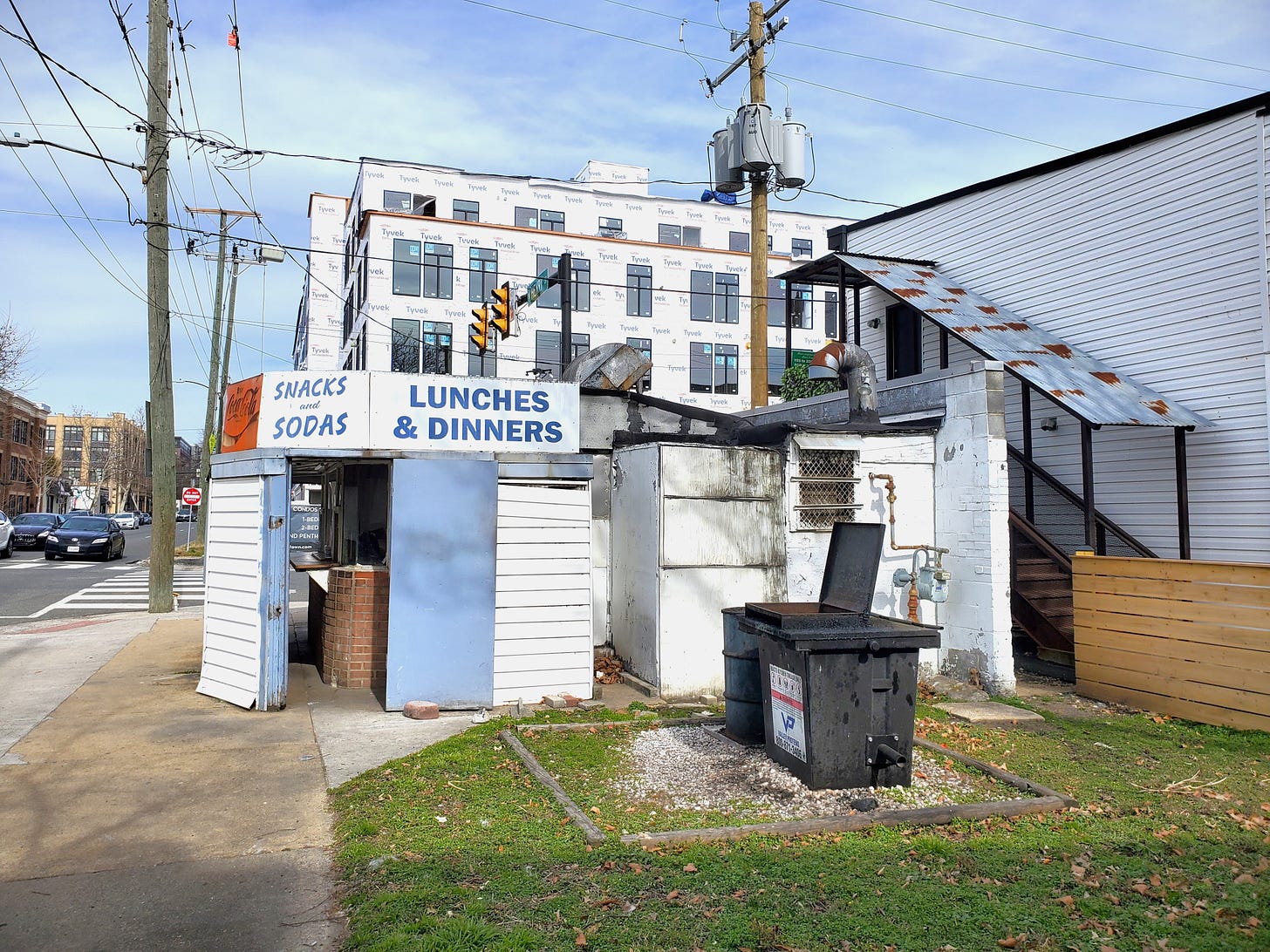
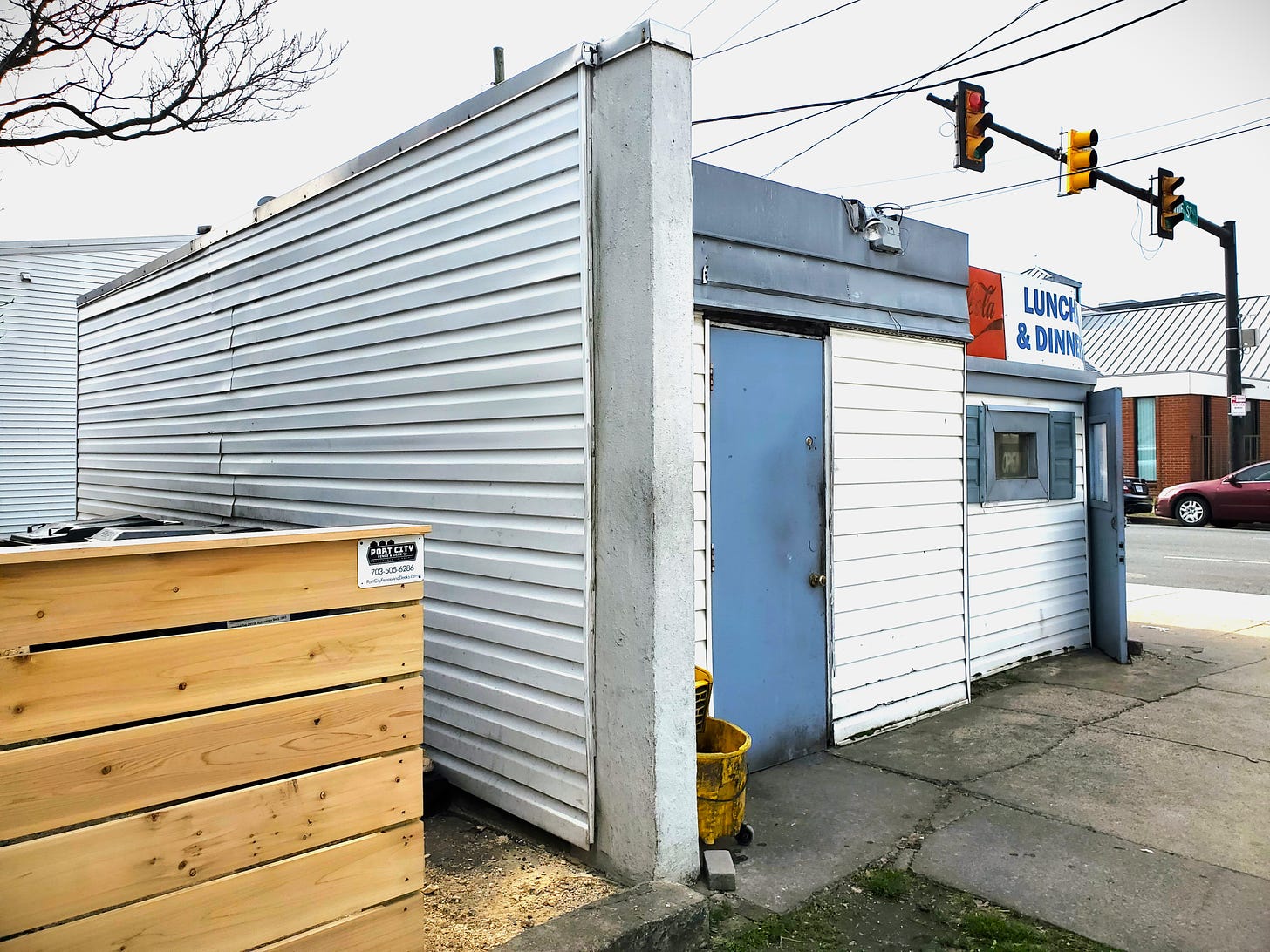
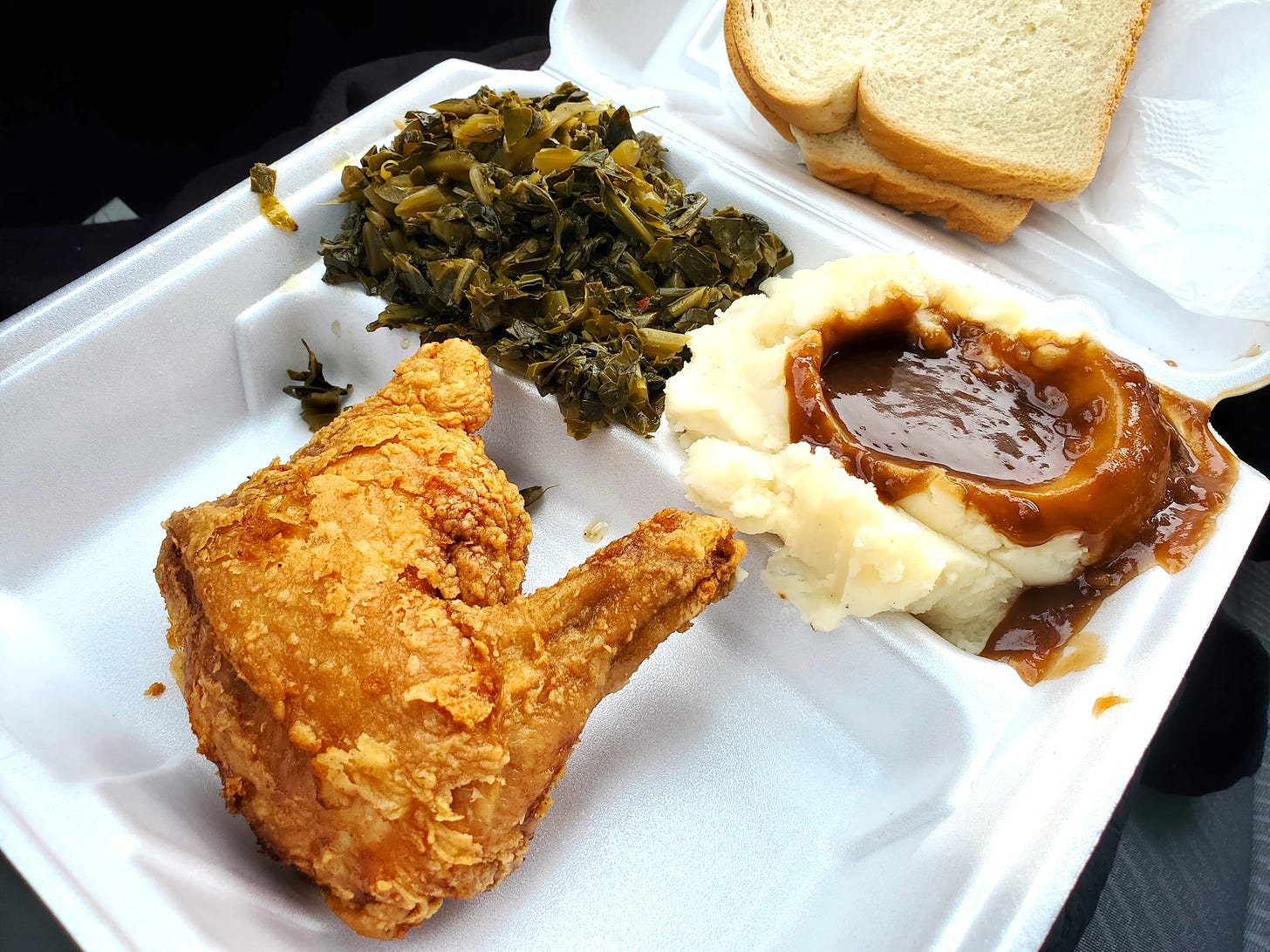
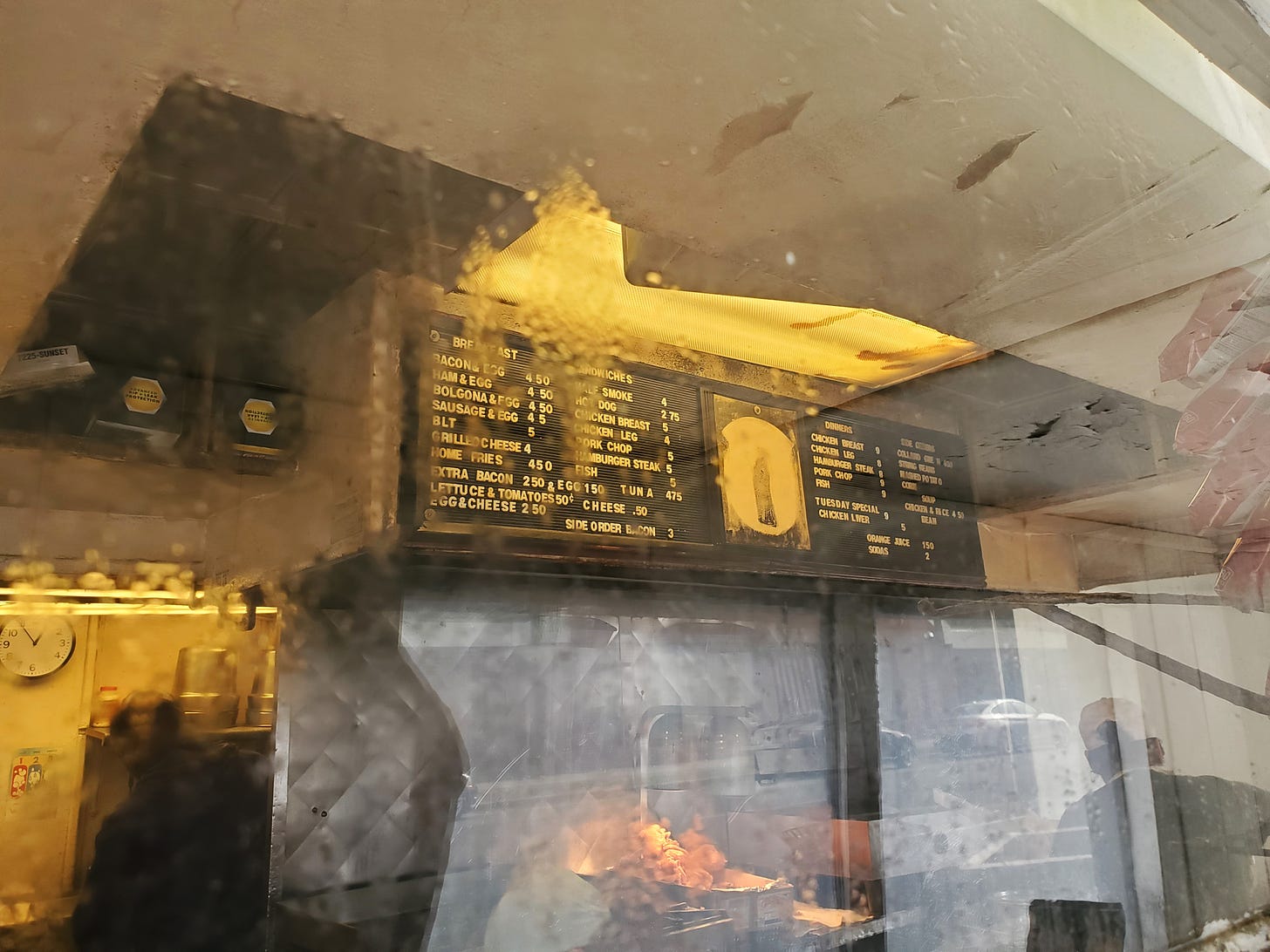
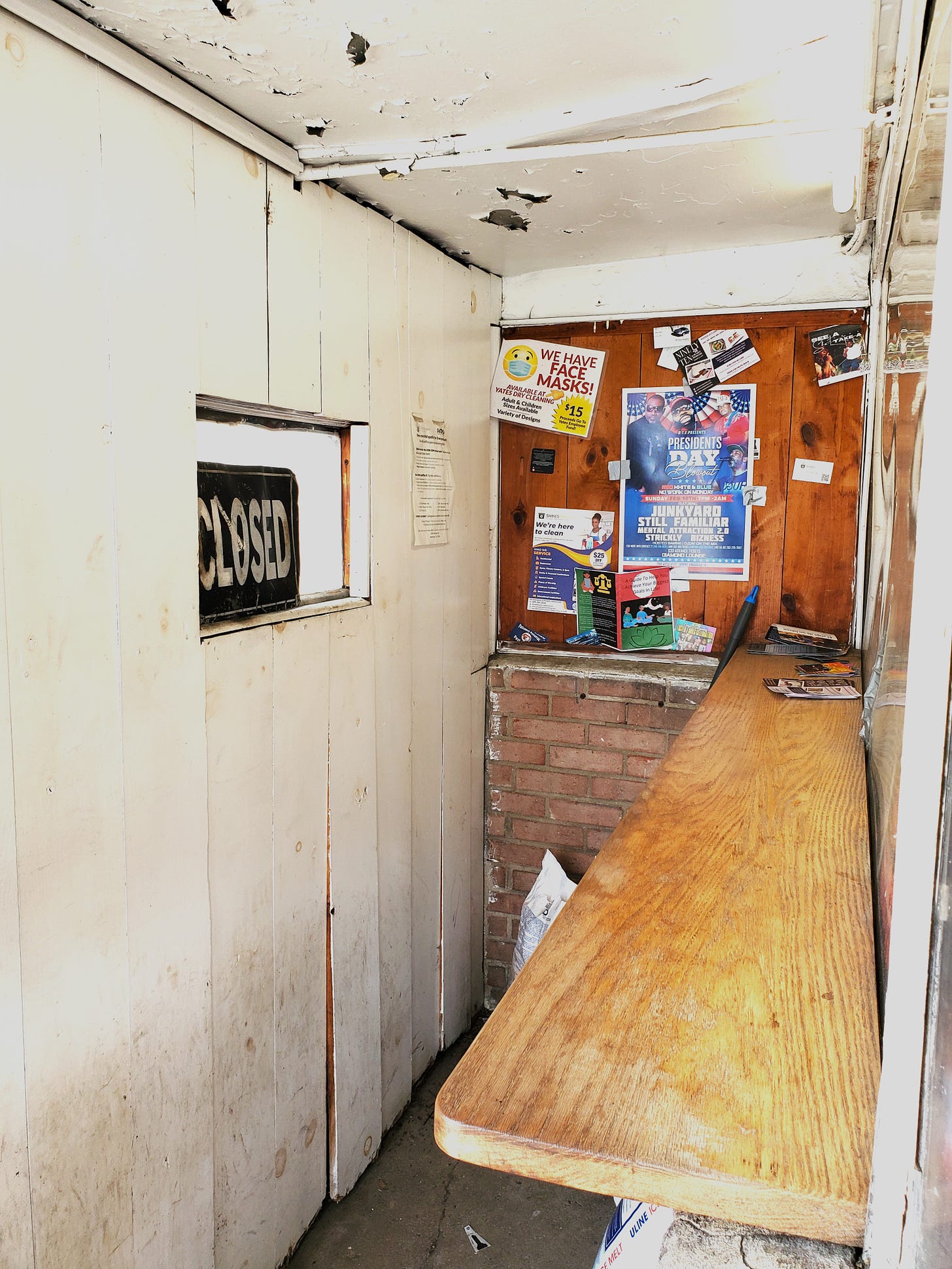
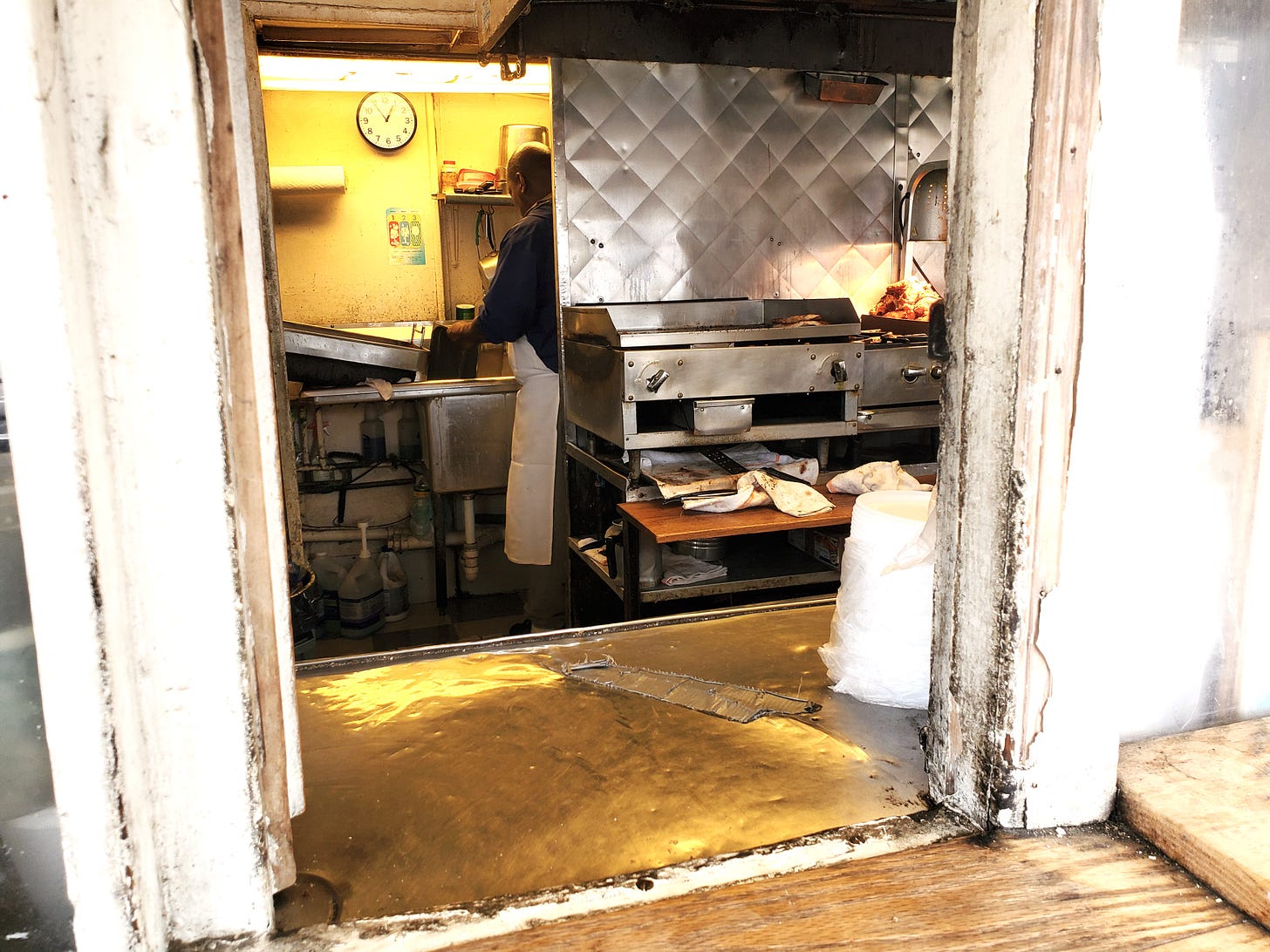
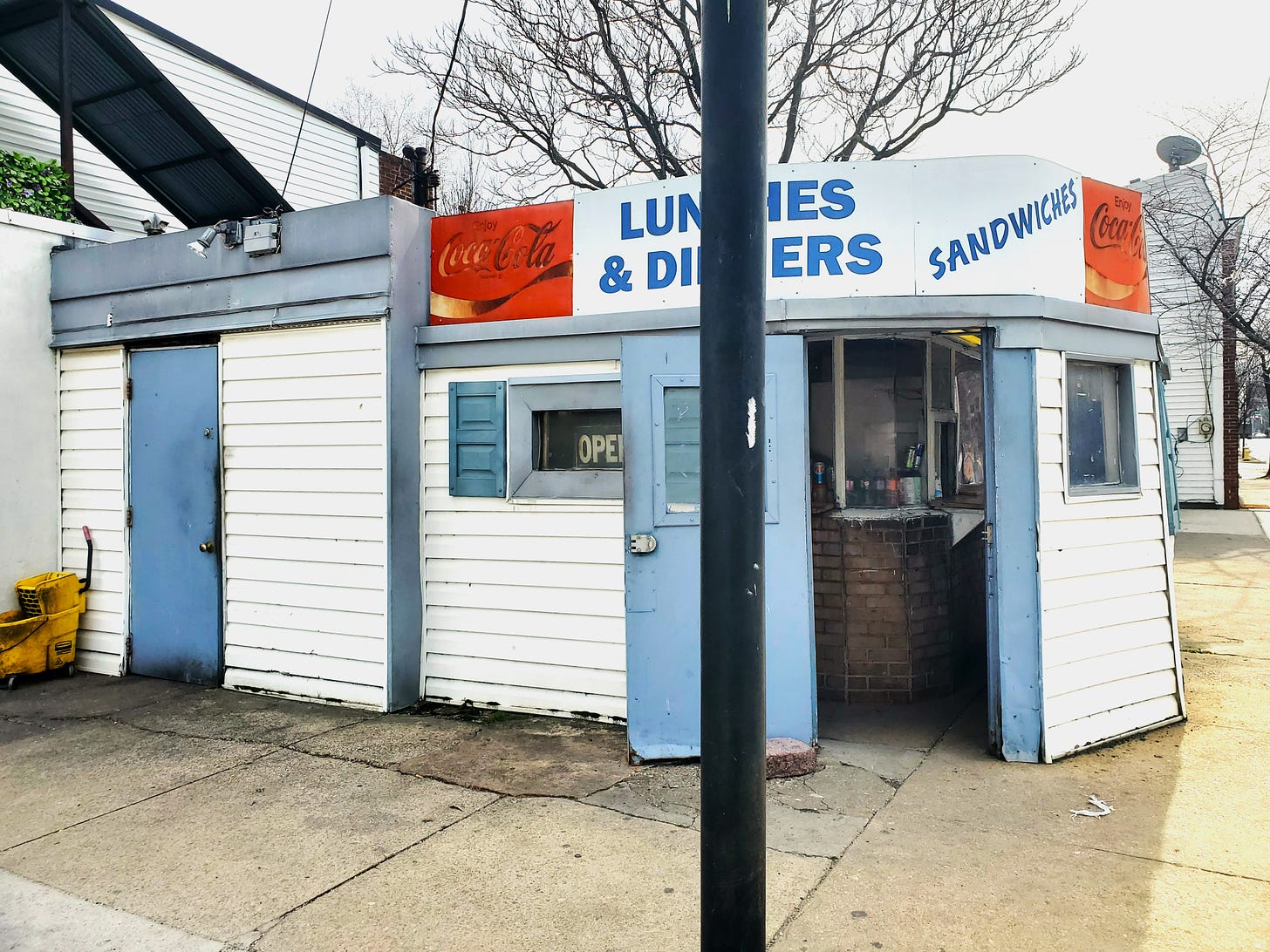
I have been passing it for year, but whenever I think about it, it's not open. Glad to see they are still going so that one of these days I'll get there when they are open.
Used to drive by here every day when I lived in Old Town. I always thought about stopping but never did. You could tell it was a classic though, at lunch there would be a line of at least 5-10 construction works and white collar workers mingled together standing outside.